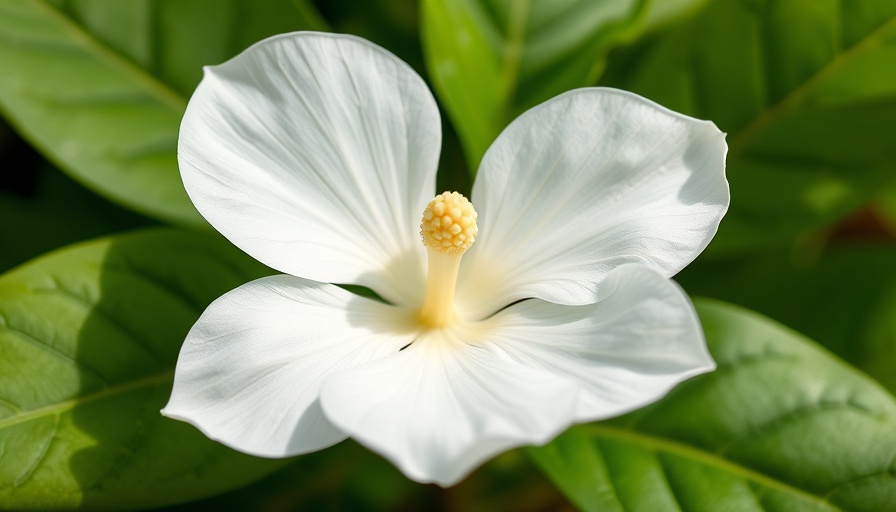
Discover the Garden Jewel: Japanese Stewartia
When it comes to transforming your garden into a year-round showcase, few trees rival the allure of the Japanese Stewartia (Stewartia pseudocamellia). This deciduous treasure is not just another ornamental; it’s a multifaceted spectacle that enchants in spring with its vibrant leaves, dazzles in summer with stunning white blooms, and captivates in autumn with a vibrant palette. As winter approaches, the tree's fascinating peeling bark becomes a focal point, embracing the chilly months with character and charm.
Unveiling the Unique Traits
The Japanese Stewartia is a medium-sized, long-lived tree that flourishes in temperate climates. Its genetic connection to the Camellia family is apparent in the tree's showy flowers that emerge in early to mid-summer. The white blooms, adorned with striking orange stamens, not only attract garden enthusiasts but also bees, adding to the biodiversity of your outdoor space. As autumn rolls in, its leaves transform into vibrant shades of burgundy, amber, and orange, making it a stunning feature as they fall and reveal the beautifully textured bark underneath.
Your Seasonal Companion
This tree is as practical as it is beautiful. Hardy in USDA Zones 5a to 8b, Japanese Stewartia can withstand low temperatures down to -15°F, making it a versatile choice for various regions from coastal Maine to Central Texas. Depending on the growing conditions, this tree can reach heights of 12 to 40 feet, featuring a pyramidal to oval shape that provides ample shade without overwhelming your garden space.
The Perfect Growth Conditions
Choosing the right site for your Japanese Stewartia is crucial for its thriving journey. Generally found in the damp, shaded areas of its native Japanese mountains, this tree prefers well-drained sandy loams enriched in humus, with a slightly acidic pH ranging from 4.5 to 6.5. Drought intolerant, it seeks out moisture, making garden plots that mimic its native habitat ideal for growth.
The Benefits of Japanese Stewartia for Your Garden
Notably, the Japanese Stewartia offers numerous advantages:
- Aesthetic Beauty: Its vibrant flowers and stunning fall foliage elevate any garden décor year-round.
- Low Maintenance: Once established, this tree requires minimal care, making it a hassle-free addition for garden enthusiasts of all levels.
- Biodiversity Support: Attracting various pollinators adds ecological value to your garden, fostering a lively environment.
Integrating Stewartia into Your Landscape
When aesthetically planning your outdoor spaces, consider the Japanese Stewartia as a focal point within garden layouts, or as a companion to other plants that thrive in similar conditions. Its gentle beauty naturally complements more vibrant surroundings or can stand alone as a mature specimen that commands attention amid a suburban backdrop.
Don't Just Take Our Word for It
Martha Stewart herself endorses the Japanese Stewartia as an essential tree for any well-rounded garden. In her words, it provides striking visuals, low care requirements, and transforms beautifully across seasons, making it a sensational asset to any outdoor space.
Conclusion: Add the Japanese Stewartia to Your Garden
If you’re looking to enhance your garden with a tree that offers beauty across all seasons while supporting local wildlife, the Japanese Stewartia is an ideal choice. Its range of features makes it a cherished element for anyone looking to create a serene and picturesque landscape.
Don't wait! Plan your next garden project with the Japanese Stewartia and bring life to your home’s exterior. Embrace the elegance of this tree and watch your outdoor sanctuary flourish.
 Add Row
Add Row  Add
Add 
Write A Comment